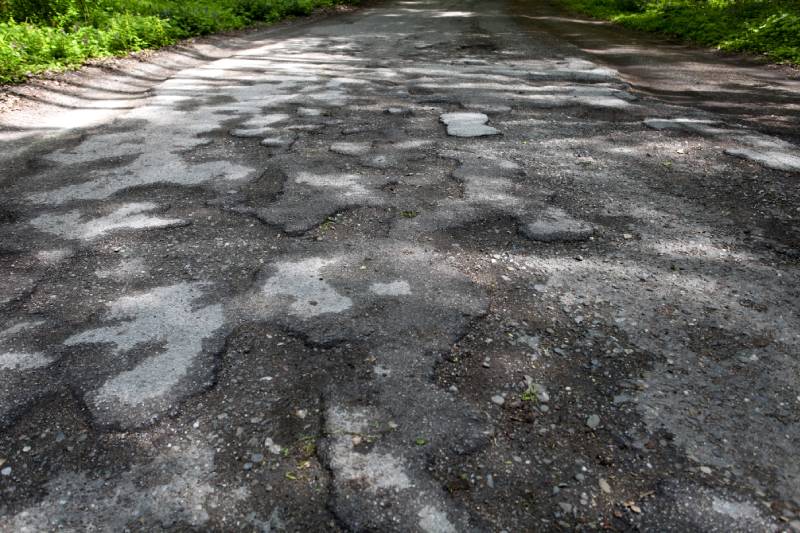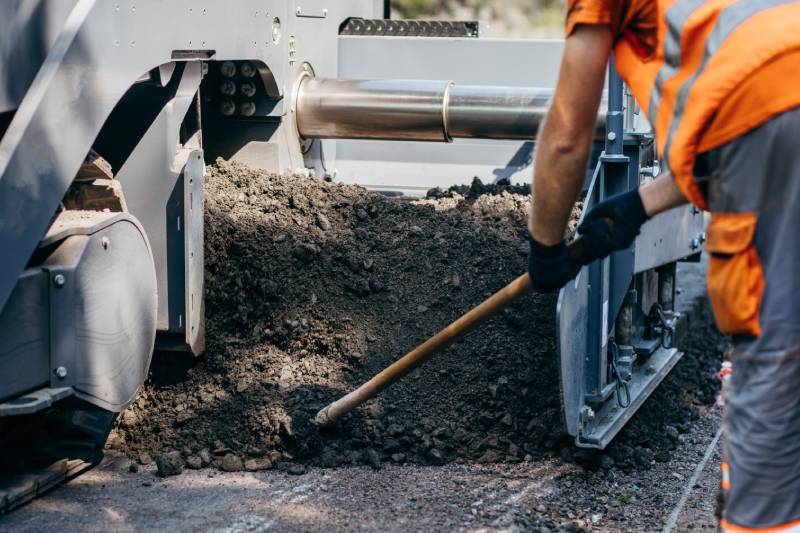Before we begin:
It is critical to do routine maintenance on the asphalt surfaces of your commercial property to ensure that it lasts as long as possible, remains aesthetically pleasing, and protects your investment. Cracks on asphalt surfaces are one of the most typical types of problems that commercial property owners have to deal with. In the event that these cracks are not repaired, the resulting damage could be more significant, which would necessitate more expensive maintenance. In this blog, we will discuss efficient methods for commercial asphalt crack filling, with the goal of assisting you in getting rid of those annoying cracks in your asphalt.
A Comprehension of the Significance of Crack Filling in the Preservation of Your Investment: Asphalt is frequently used for the construction of large surfaces on commercial sites, such as parking lots, driveways, and walkways. It is absolutely necessary to do appropriate maintenance, such as crack filling, in order to prevent this major investment from deteriorating.
Cracks in asphalt can present a liability risk since they increase the likelihood of people tripping over them and falling. If you take fast action to address them, you will lessen the likelihood of injuries as well as potential liability issues.
How to Recognize the Many Different Types of Cracks
Alligator Cracks are so-called because they have a pattern of linked fissures that seem like the skin of an alligator. Failures in the structure are frequently the origin of these issues, which necessitate more comprehensive repairs.
Cracks that run in a straight line are called linear cracks, and they are often brought on by the expansion and contraction that occurs as a result of temperature changes. They are frequent in regions that see significant variations in temperature.
Cracks Along Pavement Edges These cracks appear along the edges of the pavement and are typically brought on by improper drainage or insufficient support.
How to Determine Which Crack Filling Material Is Best
Crack Filling with Hot Pour Sealants: Hot pour sealants are an extremely efficient method for filling cracks. Before being applied, they are first brought to a liquid state, which enables them to more easily penetrate the fracture and properly seal it.
Sealants for Cold Pour Cracks Sealants for cold pour cracks do not need to be heated and are therefore more user-friendly. It is possible that they will not be as helpful for wider or deeper fractures; nonetheless, they are appropriate for smaller ones.
Polymer-Modified Sealants Because polymer-modified sealants offer improved flexibility and adhesion, they are an ideal alternative for cracks in areas that experience a lot of foot traffic.
The Method of Filling up the Cracks
Cleaning and Preparation It is vital to clean the surface in its entirety before beginning the process of filling cracks. Clear away any dirt, weeds, and stray items that may be stuck in the cracks. For this reason, you can make use of either a wire brush or compressed air.
The first step in sealing cracks is to insert the chosen sealant into the crack using the appropriate tool. Check to see that the sealant has filled the crack entirely and that it is even with the surface.
Sealant Curing It is important to follow the curing recommendations provided by the manufacturer of the sealant. In most cases, this will necessitate some amount of downtime before the roadway can be reopened to traffic.
Maintenance and checks at regular intervals
Inspections on a Predetermined program: Establish a regular inspection program in order to detect cracks as soon as they manifest themselves. Cracks can be prevented from spreading further if they are discovered and repaired as soon as possible.
Reactive maintenance is quickly repairing any new cracks that appear in order to stop them from developing into larger, more widespread problems.
Help from Trained Professionals
Consulting Professionals: When dealing with crack filling, it may be beneficial to seek the advice of a professional, particularly for tasks that are more involved or extensive. Crack filling is a task that may be performed more effectively and efficiently by professional contractors thanks to their experience and their access to specialized equipment.
The final word
Techniques for efficient commercial asphalt crack filling are essential to keeping the structural integrity and maintaining the level of safety provided by the asphalt surfaces on your site. Cracks can be eliminated completely and the lifespan of commercial asphalt surfaces can be extended if proper methods are followed, the appropriate sealant is selected, proper procedures are followed, and regular maintenance is performed. The filling of cracks should be a priority since it not only improves aesthetics and safety but also safeguards your investment for many years to come.






